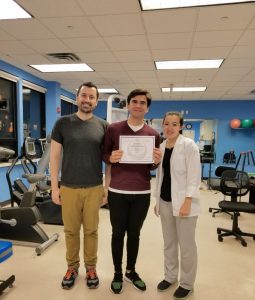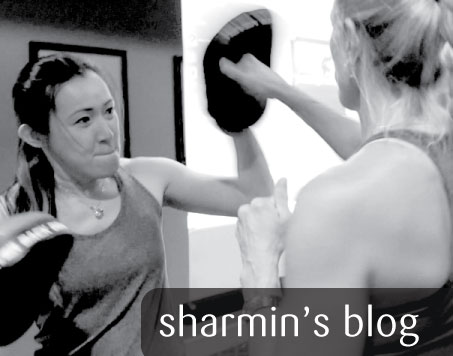Do you have elbow pain and you don’t know what is causing it? There could be another cause of this sharp pain on your elbow that radiates to your wrist. It is very similar to Lateral Epicondylitis (tennis elbow). The difference is the location of the pain and the motion that causes it. The pain that you experience in Medial Epicondylitis is located in the inner part of your elbow moving down to your wrist on the pinky side. It is caused by repetitive use or overuse of the muscle and tendon in wrist flexion and pronation movement, meaning, palm flexing toward the forearm and turning your forearm with palm facing down, causing micro tears and tendon degeneration. Aside from the pain, it will also cause weakness in the hand causing you to drop things. Your hand, specifically the ring and little finger, may also feel numb at times. It may interfere with your ability to care for yourself, preparing your meals or even performing light housekeeping. It can also interfere with your recreational activities such as exercising or playing sports. It is called Golfer’s elbow because it is a common injury to people who plays Golf. It has also been reported in bowlers, archers, weight lifters, and baseball pitchers.
One of the ways to know if you have this is to perform an easy test. You can have someone help you or you can do it yourself. You are going to extend your elbow out in front of your palm facing up. Place your other hand on top of the hand being tested. Bend your wrist up while being resisted by your other hand or by someone. So the palm of the hand will be coming toward your forearm against resistance. If you have pain on the inside part of your elbow, you might have Medial Epicondylitis. You can go to your Occupational Therapist to confirm, and for treatment.
What can you do at home?
- Applying ice packs to the elbow will help reduce the inflammation and decrease swelling. Apply Ice packs for no more than 20 minutes several times a day will greatly help.
- Resting the injured elbow can also provide relief.
- Talk to your doctor regarding anti-inflammatory medications and steroid injections which can help reduce pain and swelling.
- Supporting the elbow with a brace will provide stability to the joint, and minimize the pain.
- Stretching the wrist will also help in the recovery, as well as massage to relieve some tenderness.
- Modify the activity or the positioning of your forearm that causes the pain.
- Occupational Therapy can provide specific exercises and devise a program that is unique to your case.



